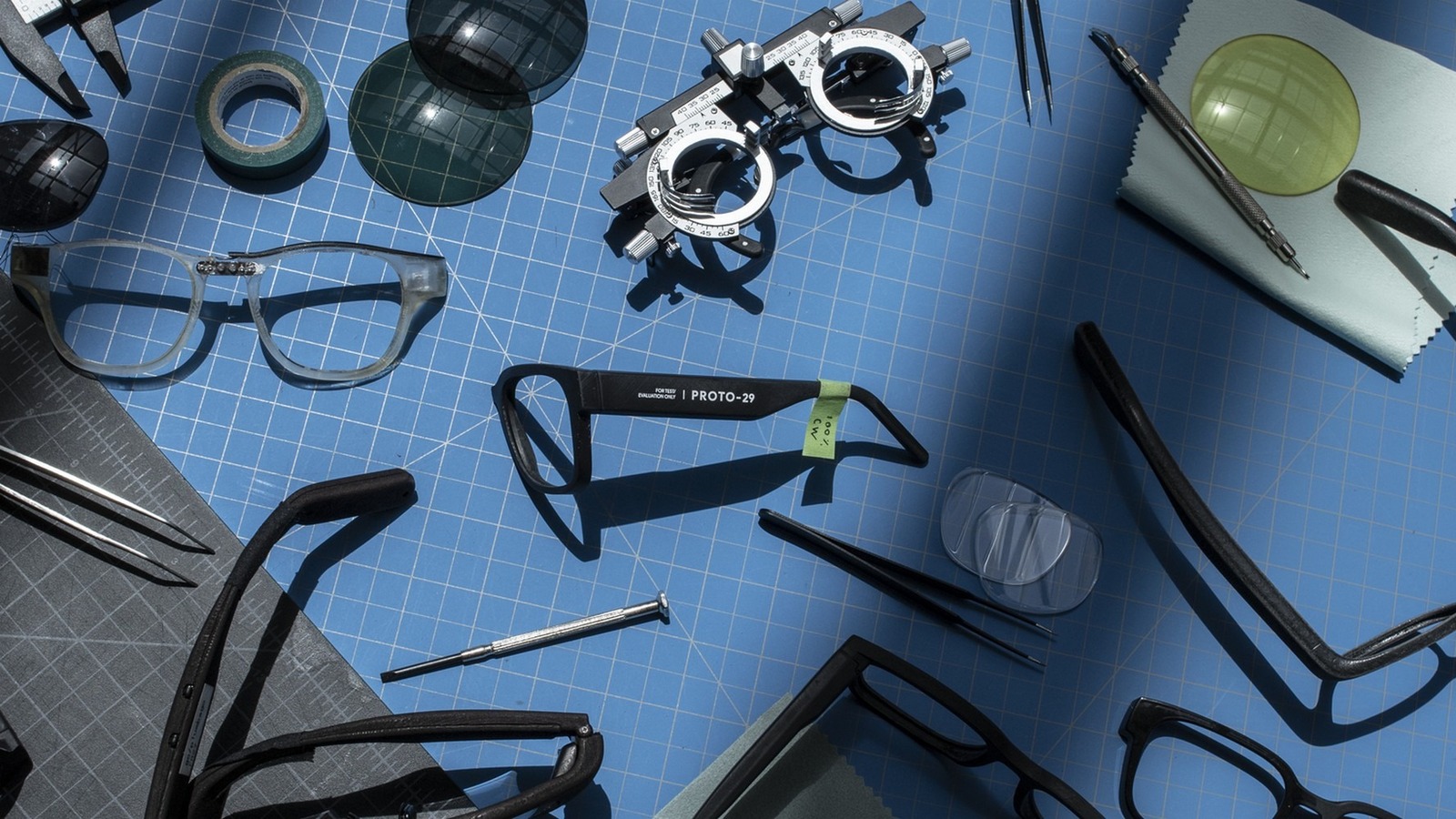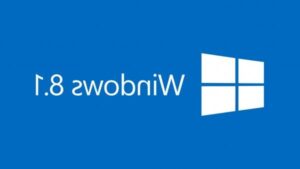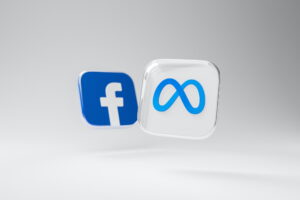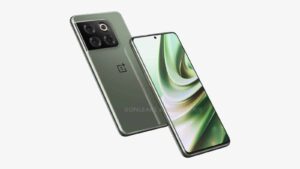
In May this year, Google released a video that documents his work about Augmented Reality (AR) glasses that will translate and write the words spoken by others in real-time. These glasses also show the text translated as overlay on the lens. The company now says ready to bring them out of the laboratory and test them in public.
The first batch of prototype devices that Google will be tested in the world out there will be a matter of Barebones, because they mainly consist of three main components, including in-Lensa screens, microphone arrays, and cameras. Google is currently working on a real world navigation guide with overlay AR, something that requires testing that cannot be fully realized within the boundaries of the laboratory in the room.
Google’s prototype design looks like an average daily glasses with several add-ons. But there are several warnings here, in addition to the testing and safety protocol. First, Google will not say when we can expect this prototype to become a commercially available product.
The most public instructions that we have about all types of public availability come from the Google FAQ page where it is written that testing will be limited to “Googlers and select a trusted examiner” for now. When we have seen a limited cross section of users selected for product testing in the past, it generally means that the product will not be ready for public consumption in the near future.
Examiners need to “pass through devices, protocols, privacy, and strict safety and device training.” However, if you want to test your luck, you can register to volunteer Google Research here.
Google played safe here, especially considering the fate of Google Glass after public revenue that was not liked and privacy problems over the product over the past decade. Right at the gate, despite having a microphone and camera on a ship, the Google prototype does not support photo or video taking, it is most likely to avoid many privacy paranoia.
In terms of certain scenarios requires an environmental taking in the camera display, all data is deleted immediately after experience such as ar navigation ends. In addition, if visual data is needed for further analysis and complete bugs, there is a solution for that too.
According to Google, sensitive information such as face, signboard, and license plate will be deleted before stored on a safe server where the 30 -day car removal system already exists. Google added that the AR prototype will not be tested in rooms such as hospitals, schools, playgrounds, demonstrations, emergency response hotspots, and places of worship.
Google’s prototype tries to overcome privacy problems with LED indicators. Every time the camera starts in action, the LED indicator will light up to tell people in the camera display that they might be recorded.



